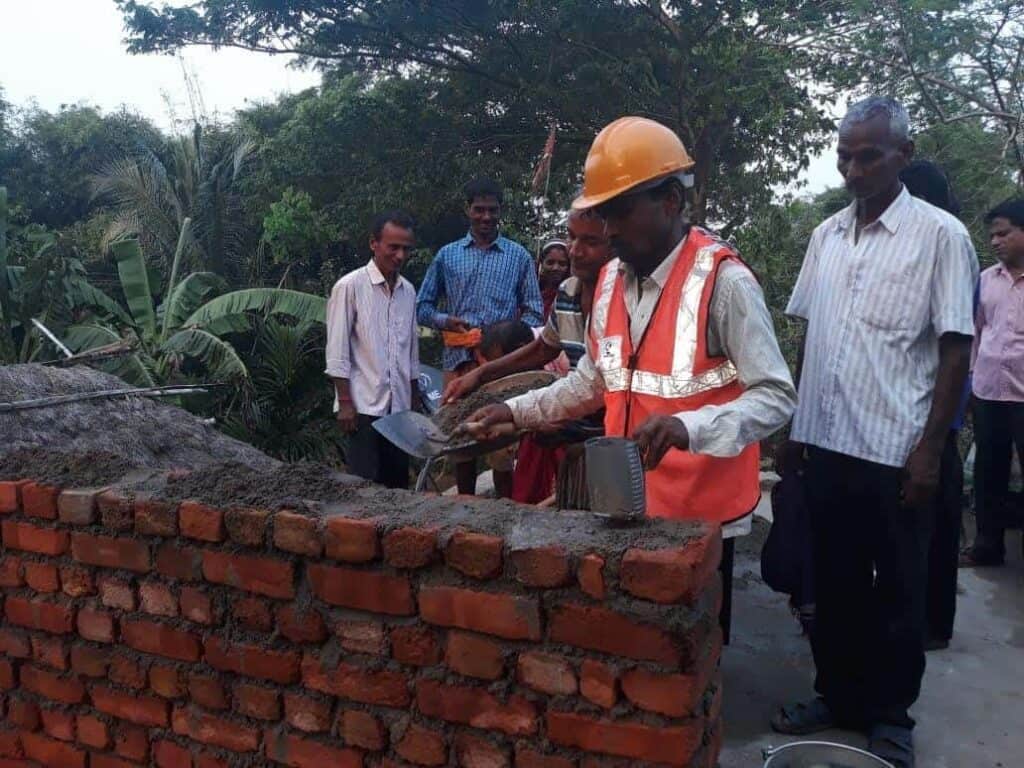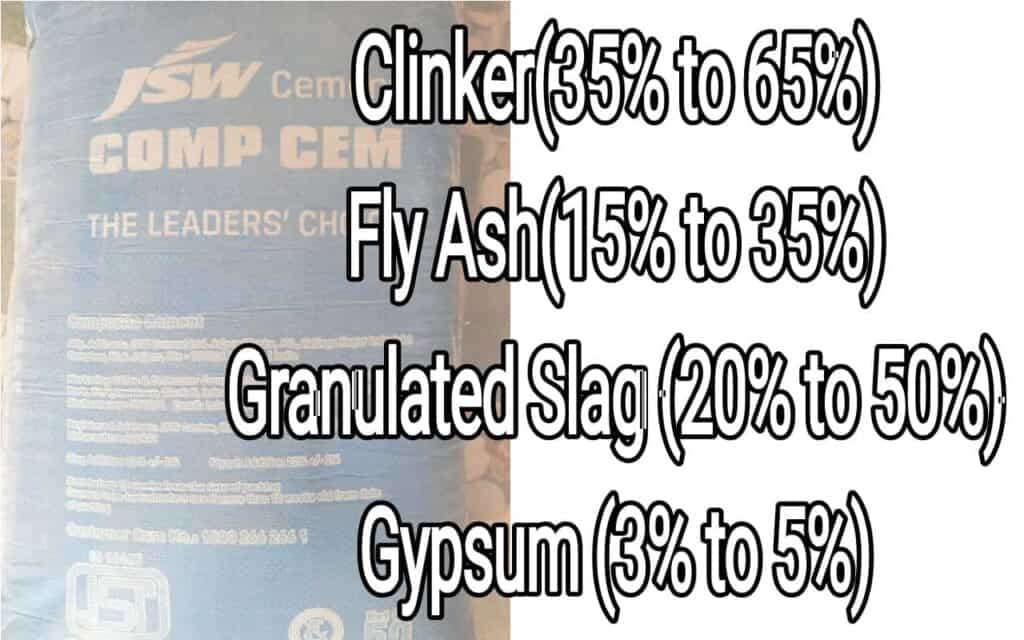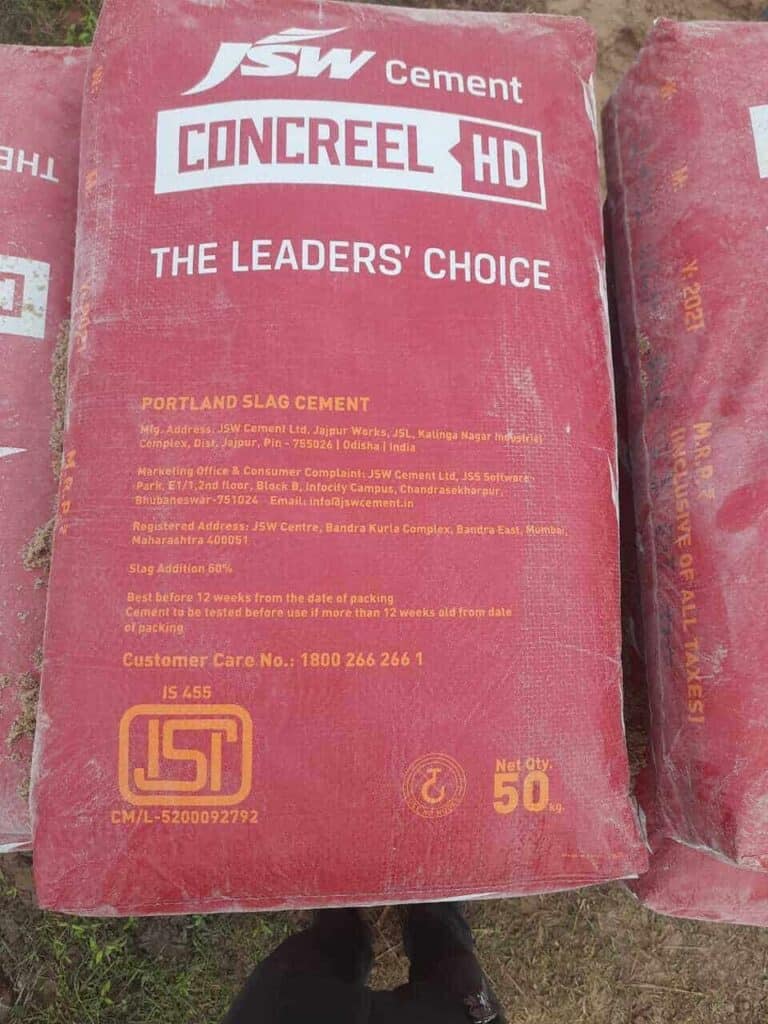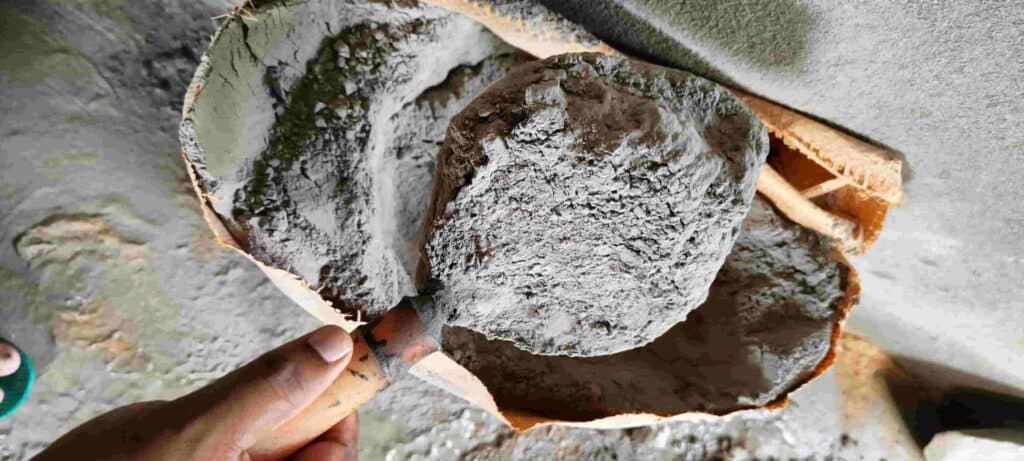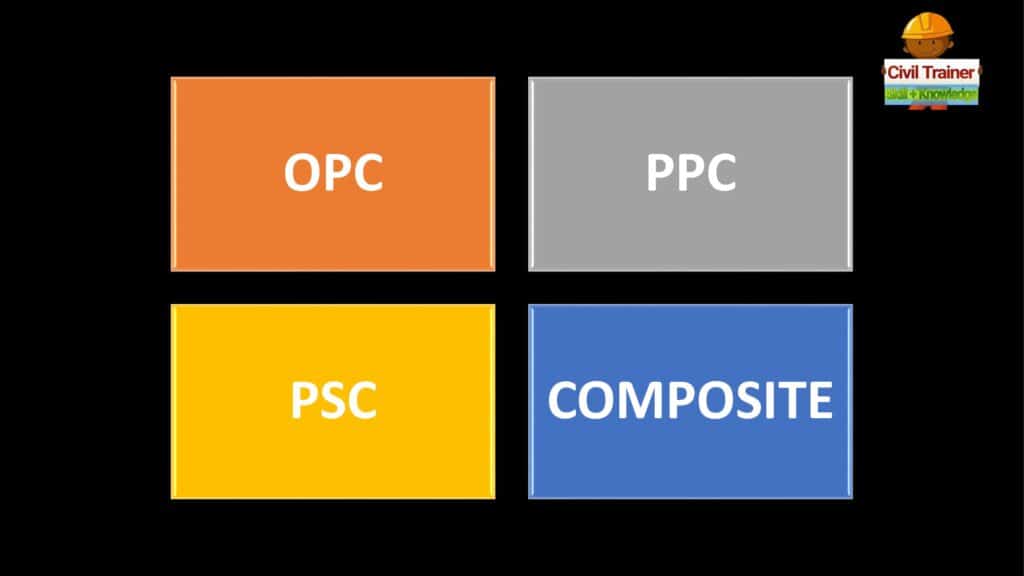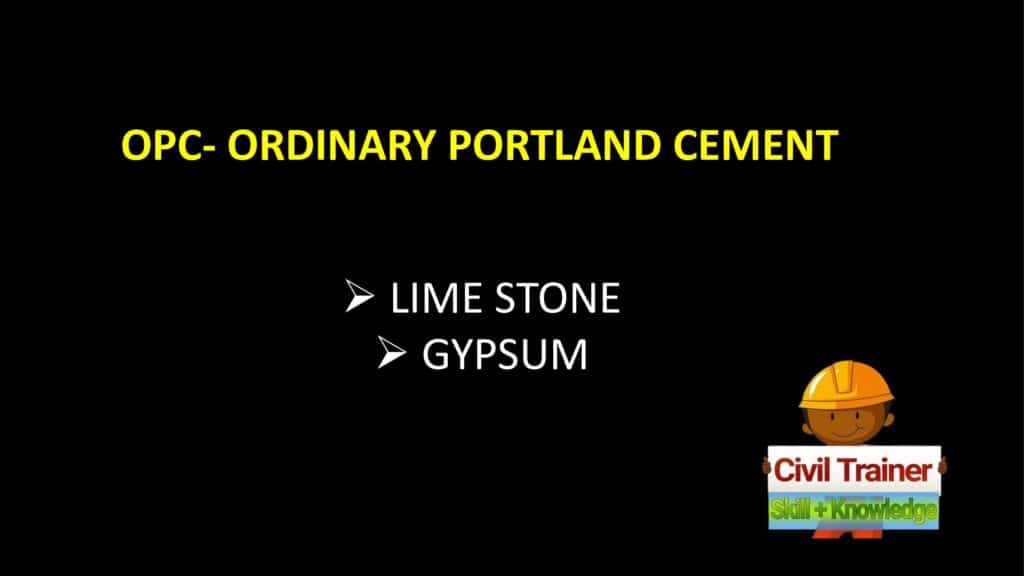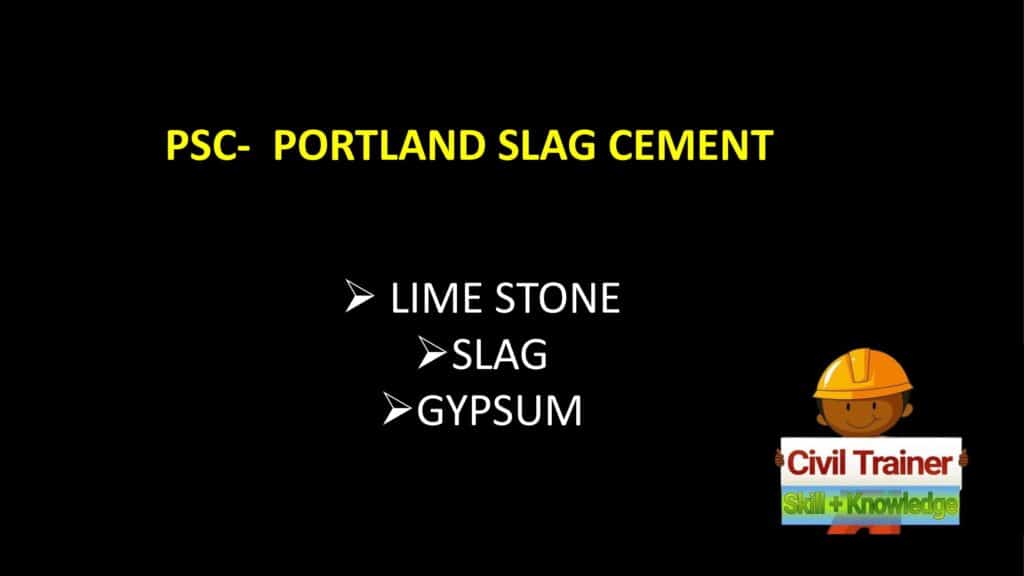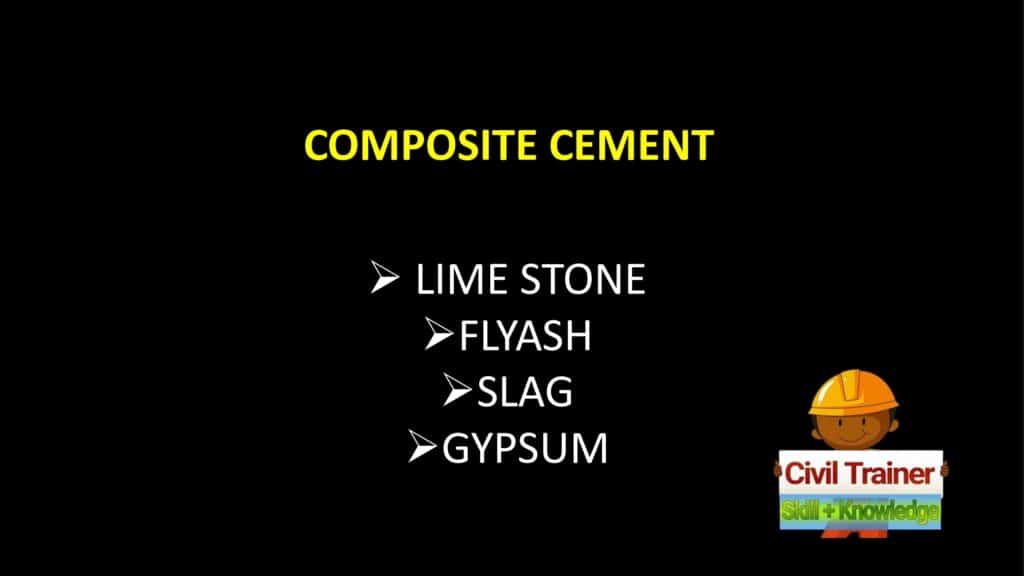Once a reliable, waterproof cement dump or building is available, specific and crucial safety precautions should be taken when storing the cement bags to avoid any potential contact with moisture and to guarantee the orderly operation of the warehouse.
No cement bags should ever be stacked up against an exterior wall. The outer wall and the stacks should have at least a 60 cm open space between them.
Bags should also be stacked off the ground and placed on wooden boards. But if the floor is made of solid, dry concrete, you can spread polythene sheet or tarpaulin over it before placing the bags down.
The stack of cement bags should be packed tightly together to minimize air circulation.
Cement bags shouldn’t be piled further than 10- bags high to avoid
lumping of “storehouse pack” under pressure. Should the mound be advanced
arrange the bags in header- and- stretcher style, i.e. alternatively length
wise and cross-wise, to achieve interlocking between them and
reducing the peril of tripping over. The arrangement of two stack
with a height of seven bags and ten bags independently.
The cement bags should be completely enclosed in polythene sheets (at least 700 microns thick), if they won’t be needed for an extended period of time during the rainy season. This can be achieved by making a large loose sack of the polythene sheet and arranging cement bags within it, with the flaps of the sheet closing on the top of the pile. Care should be taken to ensure that the polythene sheet is not damaged at any time while in use.

